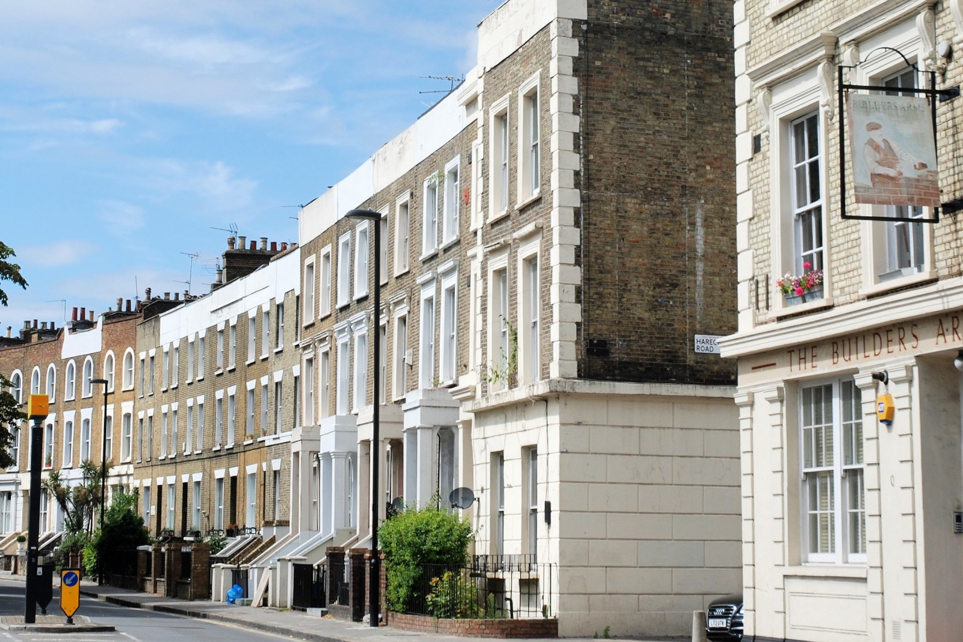Unveiling the Architectural Mosaic: Decoding Islington’s Unique Mildmay Building Regulations
In the ever-evolving realm of architectural dynamics, the regulations governing building constructions wield substantial influence in sculpting the urban panorama. Islington, a borough nestled in the heart of London, is a canvas adorned with a diverse array of architectural styles, and the Mildmay area emerges as an eloquent fusion of tradition and modernity. Central to this architectural symphony are the Islington Building Regulations — a meticulously crafted set of guidelines designed to preserve the borough’s architectural heritage while facilitating innovative and sustainable development.
Historical Tapestry:
Before we unravel the specifics of the Islington Mildmay Building Regulations, it’s imperative to immerse ourselves in the historical tapestry that has woven this vibrant borough. Islington, with its eclectic mix of Victorian and Georgian architecture and diverse neighborhoods, encapsulates the rhythm of time’s ebb and flow. The Mildmay area, in particular, has metamorphosed in resonance with the changing needs and aspirations of its denizens.
The Islington Mildmay Building Regulations draw inspiration from the borough’s architectural legacy, emphasizing the nuanced art of maintaining historical structures while embracing contemporary design. These regulations stand as a roadmap for architects and builders, providing nuanced guidance on navigating the intricate landscape of construction in this unique London enclave.
Preserving the Essence of Architecture:
At the core of the Islington Mildmay Building Regulations lies a commitment to preserving the borough’s architectural essence. With an abundance of Grade II-listed buildings and conservation areas, Islington places a premium on safeguarding the aesthetic identity of its neighborhoods.
Builders and architects are entrusted with adhering to stringent guidelines when engaged in projects within these designated areas. This involves safeguarding original facades, utilizing appropriate materials, and ensuring that any additions seamlessly weave into the existing architectural tapestry. The regulations, thus, function as vigilant custodians, preventing the erasure of the past in the pursuit of a progressive future.
Harmonizing Tradition with Innovation:
While the Islington Mildmay Building Regulations champion the cause of heritage preservation, they also recognize the inevitability of progress and modernization. The regulations provide a scaffolding that encourages innovative and sustainable design solutions, fostering an environment where new constructions harmoniously coexist with the established urban fabric.
Architects are prompted to explore contemporary design elements that not only complement but elevate the existing architectural character of the Mildmay area. This intricate dance between tradition and innovation creates a harmonious blend that mirrors Islington’s commitment to a future that is both vibrant and dynamic.
Sustainability and Green Imperatives:
In an era where environmental consciousness takes center stage, the Islington Mildmay Building Regulations seamlessly integrate provisions that champion sustainability and energy efficiency. Builders are urged to embrace eco-friendly construction materials, implement energy-efficient systems, and weave green spaces into their designs.
The regulations recognize the pivotal role of architecture in mitigating environmental impact, aiming to foster a built environment that is not just aesthetically pleasing but also environmentally responsible. In doing so, Islington endeavors to set a benchmark for sustainable urban development within the broader canvas of London.
Community Synergy and Collective Vision:
The Islington Mildmay Building Regulations underscore the significance of community engagement in the architectural narrative. Prior to embarking on a project, architects and developers are encouraged to partake in consultations with local residents and stakeholders. This collaborative approach ensures that the dreams and concerns of the community are given due consideration, fostering a shared sense of ownership in the ongoing metamorphosis of the Mildmay area.
The Islington Mildmay Building Regulations stand as a beacon, illuminating the borough’s commitment to preserving its unique architectural heritage while embracing the endless possibilities of the future. In navigating the delicate equilibrium between tradition and innovation, Islington sets a precedent for sustainable and community-centric urban development. As architects and builders continue to mold the Mildmay area, these regulations will remain a guiding beacon, ensuring that the architectural tapestry of Islington continues to unfurl a story that resonates with both the echoes of the past and the promises of the future.





